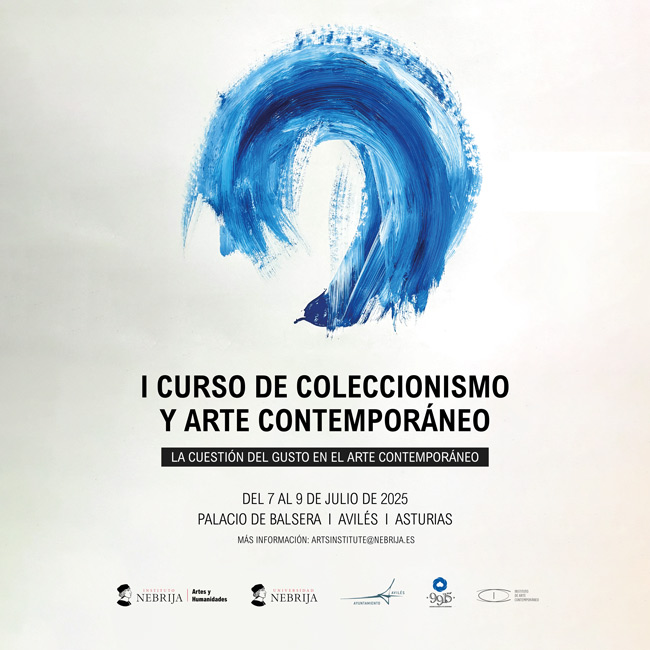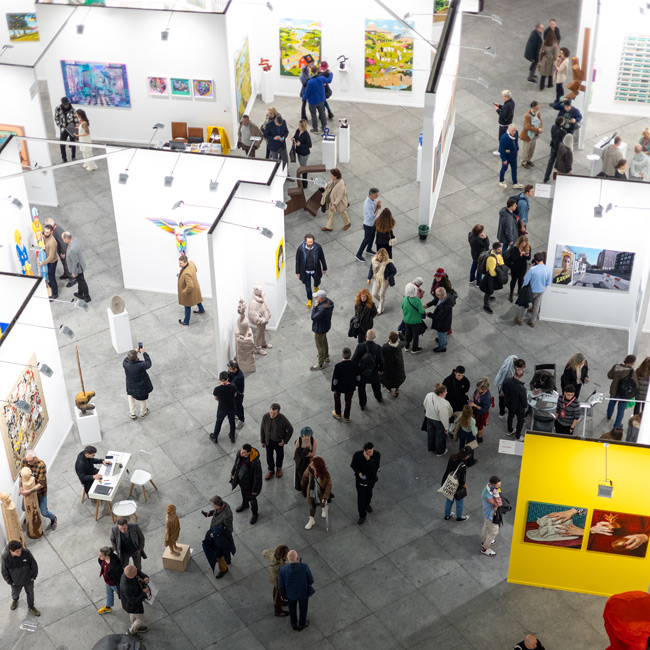ART GALLERIES OF THE 21ST CENTURY
May 12, 2023
Breaking News
The turn of the millennium seemed one of the main milestones that would mark the future of many economic sectors. The horizon was encouraging and full of thrilling challenges. After the threshold of 2000, we all had to face a strong economic crisis in 2008, which had a decisive influence on numerous business models, and we are now immersed in the recovery from the greatest health crisis ever experienced worldwide over the last hundred years. Reality is like a blank canvas on which the brushstrokes of events are slowly drawn and professionals must make their way without a road map.
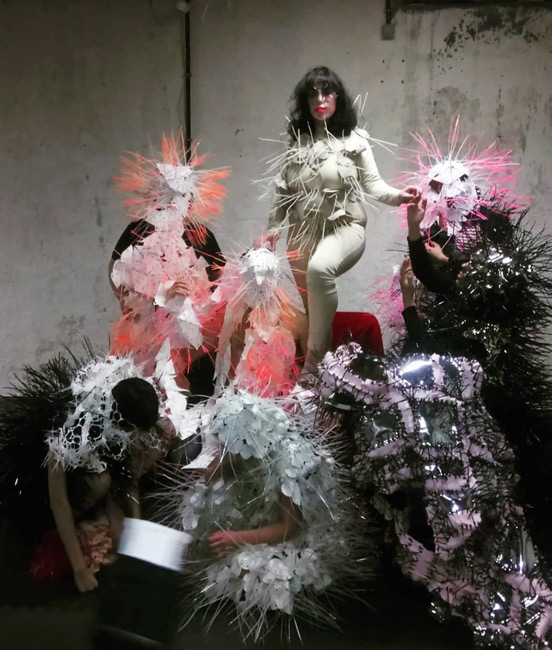
The cultural field has shown in this time an enormous resilience and an unstoppable spirit of improvement that has led to a redesign of traditional models of understanding the dissemination of art, especially contemporary art, and the relationship with visitors and clients. The change plays on both sides of the coin: the galleries must adapt to the new circumstances that modernity imposes, but also the public itself has modified the way they approach these spaces. How to reach a hyperconnected society, eager for innovation and novelty? The situation is also boosted by unforeseen events of great impact and the urgent need to adapt to a future as uncertain as full of possibilities.
In the contemporary art realm, it must be especially taken into account that galleries play a critical role. The preservation of the new generation of artistic manifestations occurs on many occasions thanks to their work of support, promotion and professionalisation. The most consolidated, classic art is accessible in museums; while the new creations lack their particular space to confirm their value and disseminate the works. This is where the agents of the contemporary art professional fabric play a determining role, starting with the galleries, without whose support the artists could not survive.
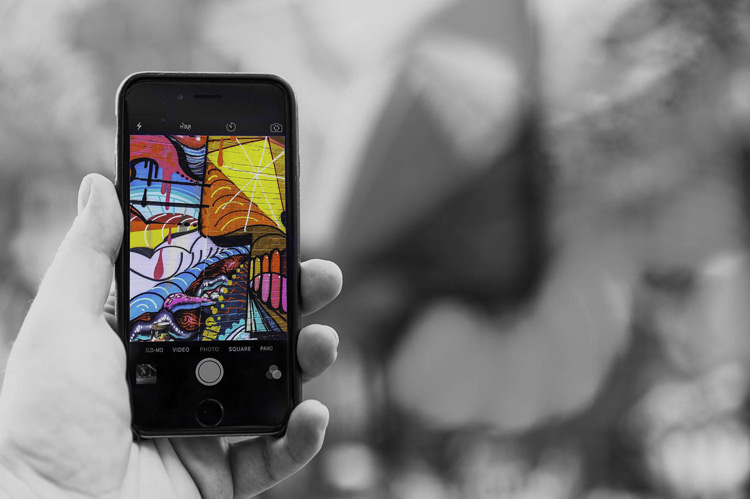
At the same time, consumption habits change, giving rise to permanent connectivity with the exterior, which eliminates the physical barriers and traditional obstacles associated with space and time. The opportunity to enjoy content remotely and to do it from the privacy of our homes is a defining condition of today's society. And to this trend, neither galleries nor artists can stay aside. One of the first consequences of this transformation is the generation of a huge volume of digital content that new galleries offer to complete the experience of getting to know the artists they promote. What's more, some of the younger galleries decide to enter the market without a venue and turn the web into their visibility platform. Although this is an upward trend, given the costs associated with traditional models in which having an exhibition space was essential, when we talk about art it is difficult to completely suppress the real experience and the desire of the visitor to see the work live.
So what do galleries make to satisfy this need? One of the ways to do it, and which has experienced true hatching in these past months given the situation of confinement we passed through, is the production of a wide content that amplifies the information provided about the artist and his work or that incorporates testimonials, opinions or contributions made by professionals in the sector. In addition, on many occasions, art lovers feel an unstoppable curiosity to know the details of the creation processes, understand the author's objectives, know his/her projects... which gives rise to exploit all the information associated with the artist's work and to show it in an attractive, accessible way. In relation to the latter, the combination of presentation formats that go beyond the static nature of the online artworks catalogues is also decisive. It is essential to try to humanise to the maximum the potential that the Internet holds, and to do so, one has to adapt to the tastes of the consumer and the content that it demands.
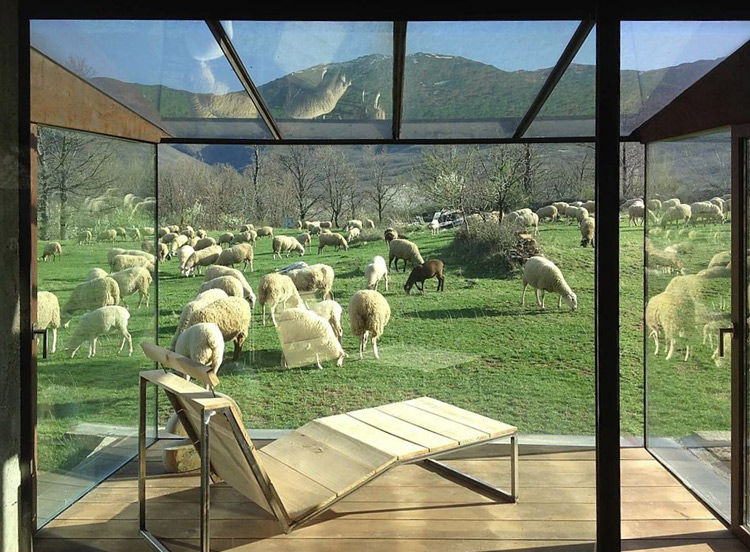
Precisely for this reason, a strong commitment of the most leading galleries is to offer web platforms that largely emulate the clean and diaphanous aspect of an exhibition room, and that enrich its offer with the incorporation of explanatory videos, contributions from curators, testimonials from the artists themselves, virtual visits, online conversations and a long etcetera. One of the great innovations that have put many’s ingenuity to the test is the exploitation of communication skills through social networks and new interactive platforms for group conversations. The past months have been a challenge for the sector, which has managed to launch some of the most creative initiatives to maintain interest in art and promote online commerce.
But we must not forget the galleries that decide to keep a space open to the public, although adapted to the new times. Some of them choose to transform the traditional showroom into a meeting place where things happen. Creating a parallel program of activities linked to the current exhibition expands the visitor's experience and makes the venue a point of reference for live and changing art. In addition, others decide to open up to new fields of exploration capable of creating art constantly and not just being an exhibition space. For this reason, some galleries are actually idea labs and artist residencies that take advantage of their premises and location to carry out projects to which the public is invited.
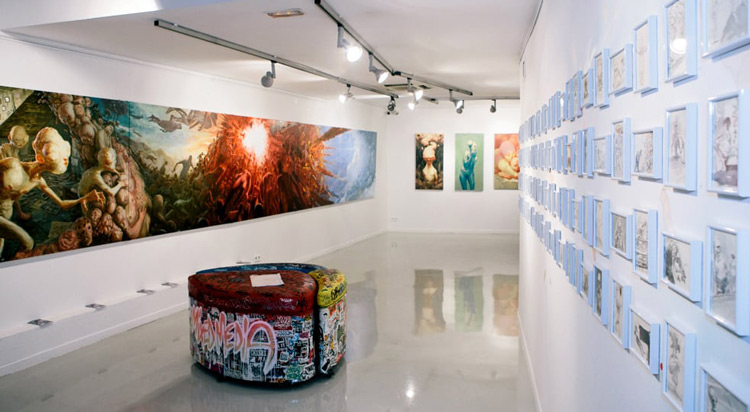
Another line of work that modern galleries opt-in for is specialisation. The possibility of defining itself by hosting more outsider projects or disciplines that until recently were not yet established or recognised by agents in the sector. This option is also the way to make their way in a differential manner and decisively help to spread the art of new creation before it is even consolidated. A path of pioneers that little by little the most seasoned galleries dare.
In short, a sector in which the famous line “renew oneself or die” makes more sense than ever and which many galleries face with commitment, perseverance and determination.

